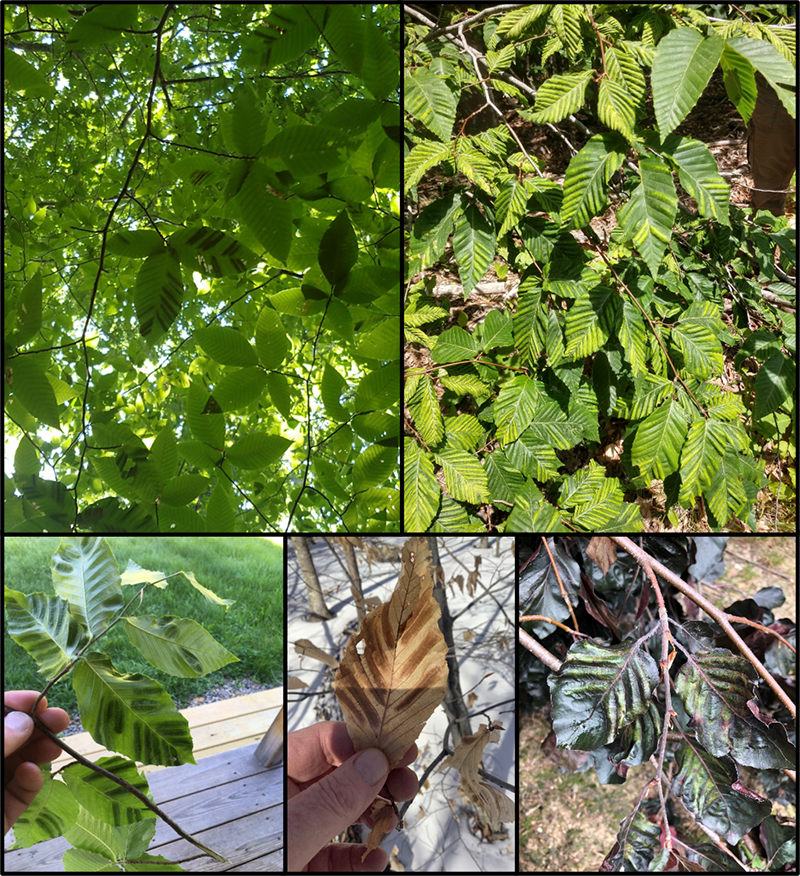
Prime Minister Carney announced support measures for Canada’s lumber industry, and federal investment in forestry innovation and housing—as the US ratchets up duties on softwood lumber. Welcoming the support were FPAC’s Derek Nighbor, CWC’s Rick Jeffrey, COFI’s Kim Haakstad, Steelworkers’ Jeff Bromley; Alberta’s Jason Krips, and BC’s Kurt Niquidet. Select interviews/news commentary includes:
- Castanet: Nick Arkle and Doug Tracey of the Gorman Group
- CBC News: Brian Menzies of the Independent Wood Processors Association
- Prince George Citizen: John Brink of Brink Forest Products
In related news: Carney hints at dropping some Canadian tariffs; US ambassador to Canada says trade talks will take a while; US homebuilders warn of higher costs; and Canada’s trade deficit widens as exports to the US decline. Meanwhile: Boise Cascade reports Q2 income of $64 million. In Forestry/Wildfire news: Minnesota is cleared by federal logging audit; researchers test climate adaptation strategies in Michigan; SFI launches forest literacy programs across North America; wildfires force Newfoundland towns to evacuate; fires spread across BC’s West Kootenay and Vancouver Island; California’s Gifford Fire tops 83,000 acres; and Arizona’s fire season drags.
Finally, engineers trim time and risk with prefabricated mass timber decking in Quebec.
Kelly McCloskey, Tree Frog News Editor
 KELOWNA — Prime Minister Mark Carney’s government is preparing financial supports for the forestry sector as the United States ratchets up duties on Canadian softwood lumber. …It comes amid heightened trade tensions with the United States over softwood lumber, a decades-long friction point in the Canada-U.S. trade relationship. The US Commerce Department recently announced it intends to hike anti-dumping duties on Canadian softwood to just over 20%. The prime minister outlined a series of supports at a lumber mill in West Kelowna, B.C., on Tuesday, saying Canada will be its own best customer by relying on more Canadian timber as it works to double the pace of new home building to almost 500,000 homes a year over the next decade.
KELOWNA — Prime Minister Mark Carney’s government is preparing financial supports for the forestry sector as the United States ratchets up duties on Canadian softwood lumber. …It comes amid heightened trade tensions with the United States over softwood lumber, a decades-long friction point in the Canada-U.S. trade relationship. The US Commerce Department recently announced it intends to hike anti-dumping duties on Canadian softwood to just over 20%. The prime minister outlined a series of supports at a lumber mill in West Kelowna, B.C., on Tuesday, saying Canada will be its own best customer by relying on more Canadian timber as it works to double the pace of new home building to almost 500,000 homes a year over the next decade.



 Canada’s merchandise trade deficit widened in June to C$5.9 billion as imports grew faster than exports due to a one-time high-value oil equipment import. The deficit observed in June is the second highest on record after the deficit expanded to its largest in history in April to C$7.6 billion, when the impact of US tariffs first started to weigh. Canada’s exports to the US as a share of total exports shrank to 70% in June from 83% in the same period a year ago while its surplus with the US contracted by a half in the same period, data showed. Total imports were up 1.4% in June to C$67.6 billion from a drop of 1.6% in the prior month, Statistics Canada said. Canada’s total exports grew 0.9% in June to C$61.74 billion following an increase of 2% in May, led primarily by an increase in crude oil exports.
Canada’s merchandise trade deficit widened in June to C$5.9 billion as imports grew faster than exports due to a one-time high-value oil equipment import. The deficit observed in June is the second highest on record after the deficit expanded to its largest in history in April to C$7.6 billion, when the impact of US tariffs first started to weigh. Canada’s exports to the US as a share of total exports shrank to 70% in June from 83% in the same period a year ago while its surplus with the US contracted by a half in the same period, data showed. Total imports were up 1.4% in June to C$67.6 billion from a drop of 1.6% in the prior month, Statistics Canada said. Canada’s total exports grew 0.9% in June to C$61.74 billion following an increase of 2% in May, led primarily by an increase in crude oil exports. It’s been over a week since the U.S. Commerce Department confirmed that it’s nearly tripling its anti-dumping duties on Canadian lumber imports from 7.66% to 20.56% following its annual review. The response from north of the border has been apoplectic, to say the least. …In the US, several entities are worried about the hiked duties, too. The NAHB continues to sound the alarm that new duties will raise the cost of homebuilding. …”We are also urging the administration to move immediately to enter into negotiations with Canada on a new softwood lumber agreement.” …The US Lumber Coalition continues to be the loudest voice in the room in favor. …”Canada continues its relentless shipments of dumped and subsidized lumber with devastating consequences for mills, workers, and communities.” …The downstream effects of all these trade war machinations remain to be seen, though the cross-border lumber trade has already slowed down considerably.
It’s been over a week since the U.S. Commerce Department confirmed that it’s nearly tripling its anti-dumping duties on Canadian lumber imports from 7.66% to 20.56% following its annual review. The response from north of the border has been apoplectic, to say the least. …In the US, several entities are worried about the hiked duties, too. The NAHB continues to sound the alarm that new duties will raise the cost of homebuilding. …”We are also urging the administration to move immediately to enter into negotiations with Canada on a new softwood lumber agreement.” …The US Lumber Coalition continues to be the loudest voice in the room in favor. …”Canada continues its relentless shipments of dumped and subsidized lumber with devastating consequences for mills, workers, and communities.” …The downstream effects of all these trade war machinations remain to be seen, though the cross-border lumber trade has already slowed down considerably.




 Arizona’s fire season keeps smoldering and flaring, thanks to a schizo monsoon and a dry winter. The 125,000-acre Dragon Bravo Fire continues to grow, with the 1,200 firefighters managing just 13% containment after nearly a month of trying. The National Weather Service had predicted a normal to wet monsoon after a bone-dry winter, based largely on sea-surface temperatures in the Pacific. But as a global warming trend driven by heat-trapping pollutants pumps energy into the atmosphere, patterns of drought, heat and storm tracks have become harder and harder to predict. So the monsoon has splashed and sputtered, with a week of storms giving way to a week of hot, dry weather – extending the fire season well into the period when fire crews would normally shift to other areas. Fortunately, the extended forecast calls for a chance the monsoon will gust back to life next week.
Arizona’s fire season keeps smoldering and flaring, thanks to a schizo monsoon and a dry winter. The 125,000-acre Dragon Bravo Fire continues to grow, with the 1,200 firefighters managing just 13% containment after nearly a month of trying. The National Weather Service had predicted a normal to wet monsoon after a bone-dry winter, based largely on sea-surface temperatures in the Pacific. But as a global warming trend driven by heat-trapping pollutants pumps energy into the atmosphere, patterns of drought, heat and storm tracks have become harder and harder to predict. So the monsoon has splashed and sputtered, with a week of storms giving way to a week of hot, dry weather – extending the fire season well into the period when fire crews would normally shift to other areas. Fortunately, the extended forecast calls for a chance the monsoon will gust back to life next week.